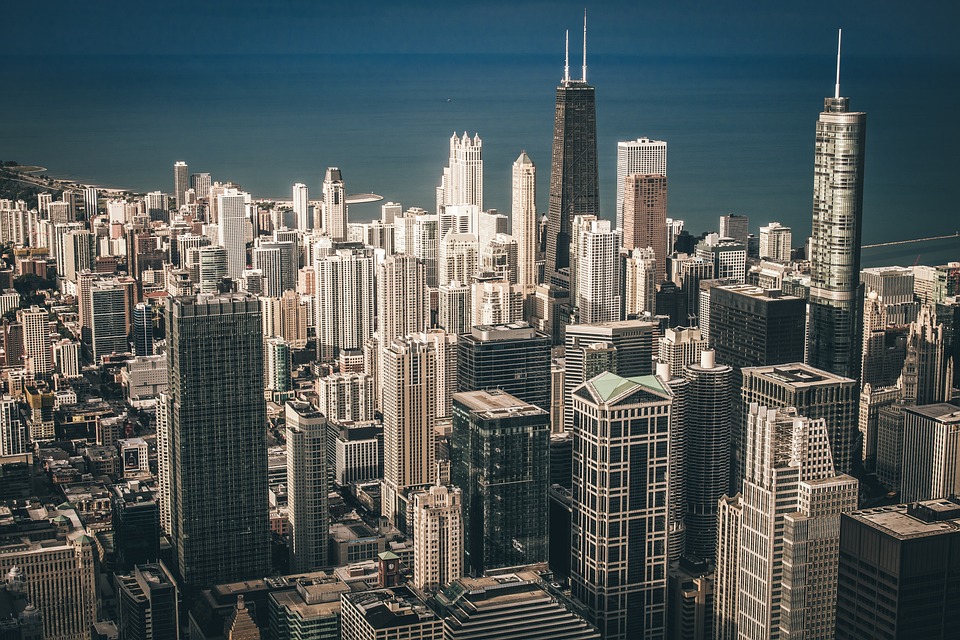In an increasingly interconnected world, the forces of globalization, migration, and technological advancement have profoundly impacted local cultures. Yet, amid these changes, communities around the globe exhibit remarkable cultural resilience, demonstrating an enduring ability to preserve their identities and traditions. This article delves into the concept of cultural resilience, exploring how communities adapt and maintain their uniqueness in the face of external pressures.
Understanding Cultural Resilience
Cultural resilience can be defined as the capacity of a community to maintain its identity and cultural practices while negotiating the complexities introduced by change. It encompasses the mechanisms through which communities safeguard their heritage, values, and social structures, ensuring continued relevance in a dynamic environment. This resilience is not merely about clinging to the past; rather, it reflects an adaptive process where communities blend tradition with contemporary influences, creating a unique tapestry of identity.
Factors Influencing Cultural Resilience
Several factors contribute to the cultural resilience of communities:
-
Strong Social Networks: Relationships among community members play a pivotal role in fostering resilience. These networks provide emotional support, facilitate the sharing of cultural knowledge, and empower individuals to advocate for their collective identity.
-
Education and Knowledge Transmission: The passing down of traditions, language, and stories through formal and informal educational practices is crucial. Cultural festivals, workshops, and storytelling sessions reinforce community values and encourage younger generations to embrace their heritage.
-
Cultural Adaptation: While communities strive to preserve their identity, they often adapt their cultural practices to accommodate new realities. This dynamism allows them to maintain relevance, as seen in the evolving nature of traditional art forms, cuisine, and rituals that incorporate modern influences while paying homage to ancestral roots.
- Political and Economic Support: The recognition and support from governmental and non-governmental organizations can significantly bolster cultural resilience. Policies that promote cultural diversity, funding for cultural programs, and legal frameworks that protect minority rights are essential in helping communities assert their identity.
Case Studies of Cultural Resilience
-
Indigenous Communities: Around the world, Indigenous groups such as the Maasai of East Africa and the Navajo Nation in the United States have demonstrated remarkable resilience. Through the revitalization of languages, traditional ecological knowledge, and practices like communal rituals, these communities foster a strong sense of identity and belonging despite historical and ongoing challenges.
-
Urban Cultural Hubs: In urban areas, immigrant communities often form cultural enclaves that preserve their distinct identities. Cities like Toronto, London, and New York are characterized by vibrant neighborhoods where traditions, languages, and cuisines thrive amidst diversity. Events such as cultural festivals and parades serve as platforms for these communities to celebrate their heritage and educate others about their cultures.
- Post-Disaster Recovery: Communities grappling with the aftermath of disasters often exhibit cultural resilience as they rebuild. For instance, after Hurricane Katrina, many neighborhoods in New Orleans harnessed cultural heritage and local traditions as a means to foster community spirit, drawing upon music, art, and cuisine to heal and rejuvenate.
Challenges to Cultural Resilience
Despite their strengths, communities face significant challenges in maintaining cultural resilience. The encroachment of homogenizing forces, such as global media and consumer culture, often leads to cultural dilution. Additionally, issues related to climate change, displacement, and socioeconomic disparities pose existential threats to cultural practices and identities.
Conclusion
Cultural resilience is an essential facet of human experience, enabling communities to thrive amid the changes that define our modern world. By fostering strong social networks, embracing educational initiatives, and adapting cultural practices, communities can preserve their identities while navigating the path of progress. As we look to the future, acknowledging and supporting the cultural resilience of diverse communities is vital for promoting a society that values diversity, community, and shared heritage, paving the way for a more inclusive world.


